The V Squat Machine has gained immense popularity in the fitness world due to its unique design and effectiveness in targeting multiple muscle groups. Whether you are looking to strengthen your legs, glutes, or core, this machine can provide a fantastic workout. In this article, we will compare the V Squat to other popular squat machines, explore the muscles worked, and provide insights on how to use it effectively.
What is the V Squat Machine?
The V Squat Machine is a piece of gym equipment designed to replicate the squat movement but with added support. It involves standing in a V-shaped frame while pushing upward with your legs, engaging your quadriceps, hamstrings, and glutes. Unlike free-weight squats or other machines, the V Squat offers a controlled and stable movement, making it a safer option for those looking to target lower body muscles without worrying about balance.
V Squat vs. Hack Squat: Key Differences
Many people often confuse the V Squat with the Hack Squat because both machines target the legs similarly. However, there are key differences between the two:
- The Hack Squat machine involves a more vertical movement and places the user in a seated position, whereas the V Squat Machine allows for a more natural squat stance with the body angled backward slightly.
- Hack Squat vs Pendulum Squat: While the Hack Squat targets your quads, the Pendulum Squat offers a more fluid motion that emphasizes glutes and hamstrings more intensely than a typical Hack Squat.
V Squat vs. Barbell Squat: Which is Better?
When comparing the V Squat to traditional barbell squats, one major benefit is that the V Squat machine offers a guided motion, making it ideal for beginners or those looking for more stability. Barbell squats, on the other hand, allow for more freedom of movement and can engage stabilizing muscles to a greater extent, but they also require a higher level of technique and strength.
V Squat Muscles Worked
The V Squat Machine works several key muscle groups:
- Quadriceps: The primary muscles targeted by the V Squat.
- Glutes: The V Squat also places a significant load on your glutes, making it a great exercise for building glute strength.
- Hamstrings: Secondary muscles activated during the squatting motion.
- Calves and Lower Back: Though not the primary focus, your calves and lower back muscles also engage to stabilize the movement.
V Squat Foot Placement and Form
V Squat Foot Placement is crucial for ensuring the correct form and preventing injury. Typically, placing your feet shoulder-width apart and slightly angled out will allow for proper squat technique. It’s important to maintain an upright posture and avoid letting your knees cave in during the squat.
V Squat Form is critical for achieving maximum results and avoiding injury. Ensure your back is not rounded, and always control the movement, especially on the way down. Make sure your knees track over your toes, and never allow them to extend too far forward beyond your toes.
Hammer Strength V-Squat vs. Hammer Squat
The Hammer Strength V-Squat machine is a variation of the traditional V Squat, offering adjustable settings for a customizable workout. This machine provides an excellent range of motion and is ideal for users who want to focus on the V-Squat muscles worked while maintaining control and stability.
Similarly, the Hammer Strength Squat Machine is also an excellent option for targeting leg muscles, but it may place more emphasis on your quads due to its design. Both machines have their unique features, but the Hammer Strength V Squat Machine is often preferred for those who want to focus more on their glutes and hamstrings.
V Squat Machine vs Hack Squat: Which is Right for You?
Choosing between the V Squat Machine and the Hack Squat depends on your fitness goals. If you're looking for a machine that offers a more natural squat movement and emphasizes the glutes and hamstrings, the V Squat is the way to go. On the other hand, the Hack Squat is more suited for those who want to focus on quad development.
How to Use the V Squat Machine
- Adjust the machine: Start by adjusting the settings to your height. The foot platform and back pad should fit comfortably.
- Position your feet: Place your feet shoulder-width apart on the foot platform. Ensure your toes are slightly pointed outward.
- Squat down: Slowly lower your body into a squat, keeping your back straight and knees tracking over your toes.
- Push upward: Push through your heels to return to the starting position.
V Squat Machine Benefits
The V Squat Machine offers numerous benefits:
- Safety: The machine provides stability, making it safer for beginners or individuals with mobility issues.
- Targeted Muscle Activation: It efficiently targets the quads, glutes, and hamstrings.
- Reduced Stress on the Back: Unlike barbell squats, the V Squat machine minimizes the risk of lower back strain.
V Squat for Glutes
The V Squat Machine for glutes is particularly effective. The machine's design places your body in a position that maximally activates the glutes, making it a great choice for those looking to build and tone this muscle group.
Single Leg V Squat
For those looking to challenge their stability and unilateral strength, the Single Leg V Squat is an excellent variation. This exercise targets each leg individually and can help improve muscular imbalances.
V Squat Machine Foot Placement and Adjustments
Proper V Squat foot placement is essential for targeting the right muscles. You may need to experiment with different positions to see which one works best for you. Adjusting the back pad and foot platform according to your body type is also important for achieving proper form.
Conclusion
The V Squat Machine is an incredibly versatile and effective piece of equipment for building leg strength and muscle mass. Whether you're using it to target your glutes, hamstrings, quads, or calves, it offers a safer alternative to free-weight squats. When compared to other squat machines like the Hack Squat or Pendulum Squat, the V Squat stands out for its unique design and ability to focus on specific muscle groups with greater precision. Incorporating the V Squat into your workout routine can help you achieve your fitness goals more effectively, while minimizing injury risk.

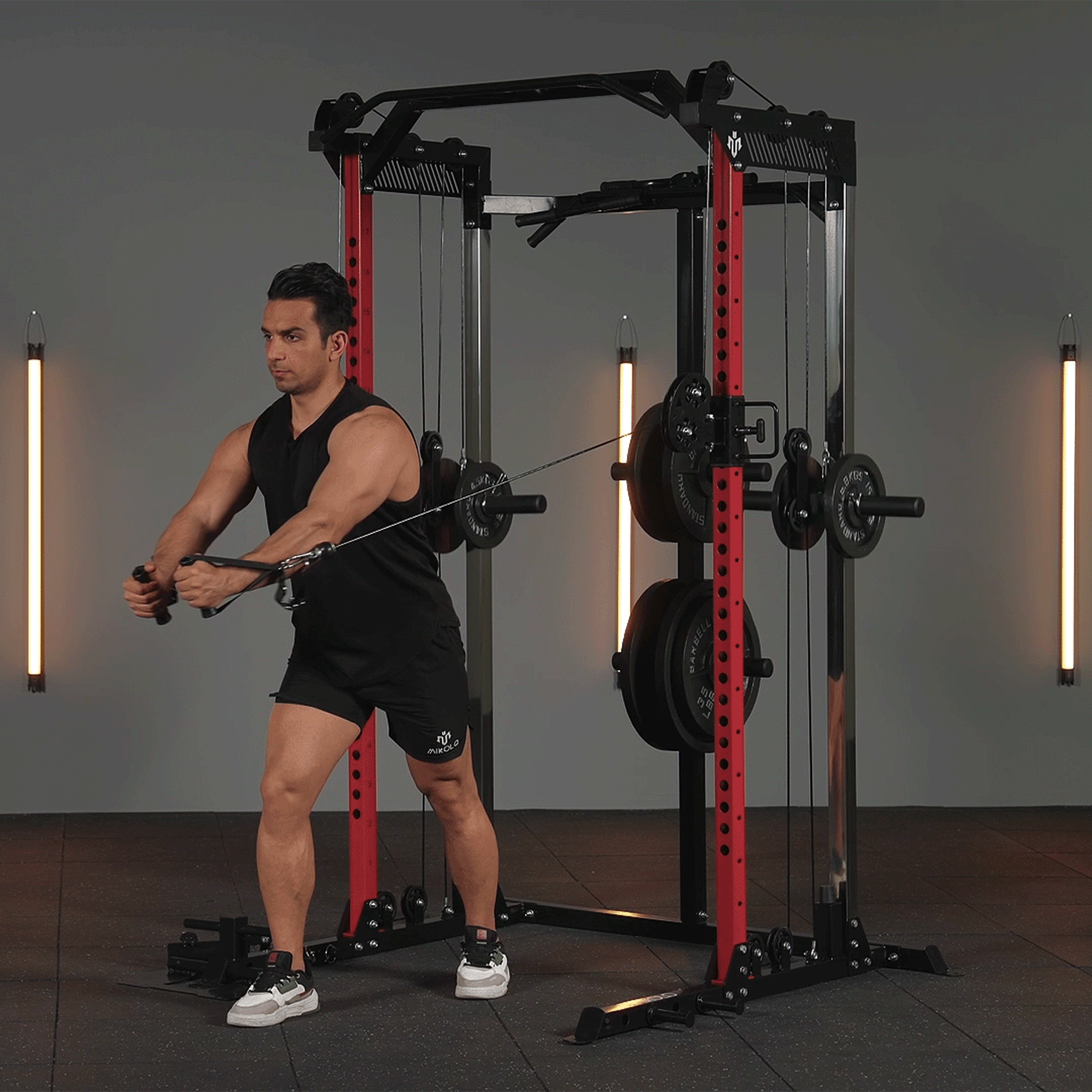









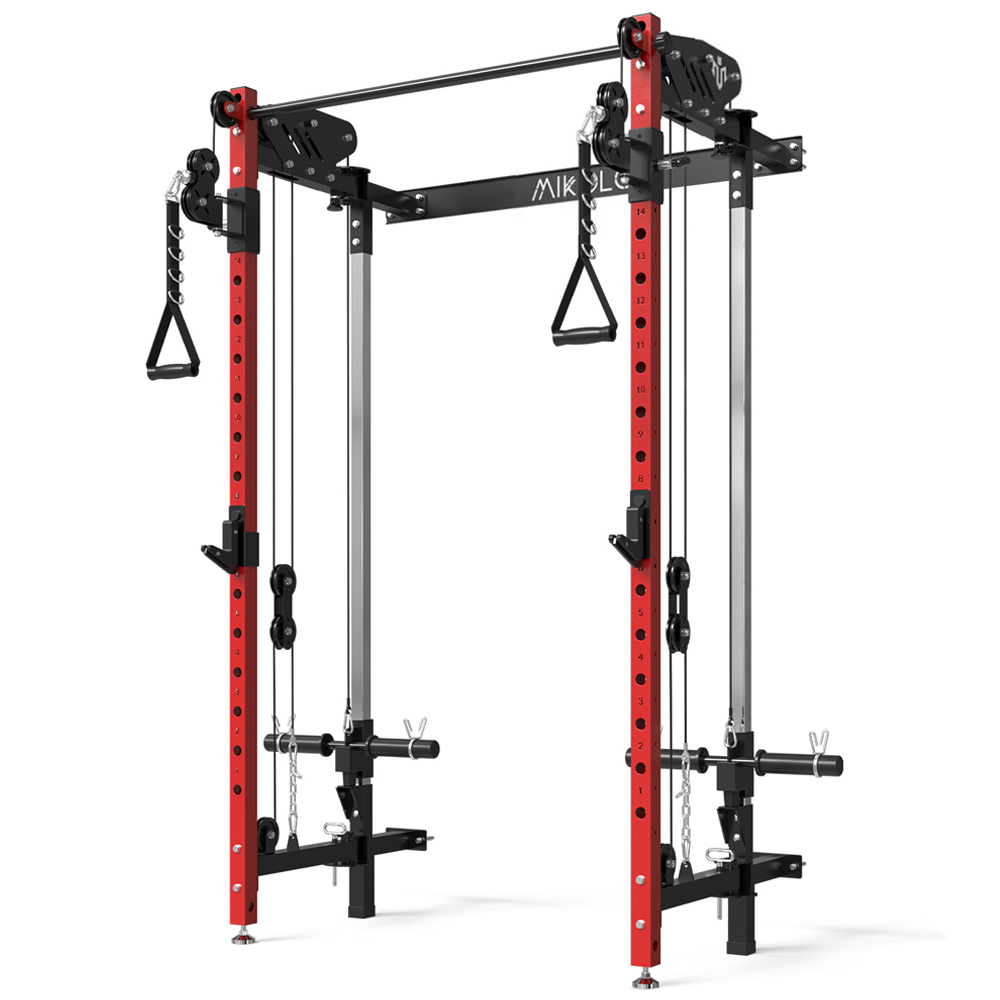
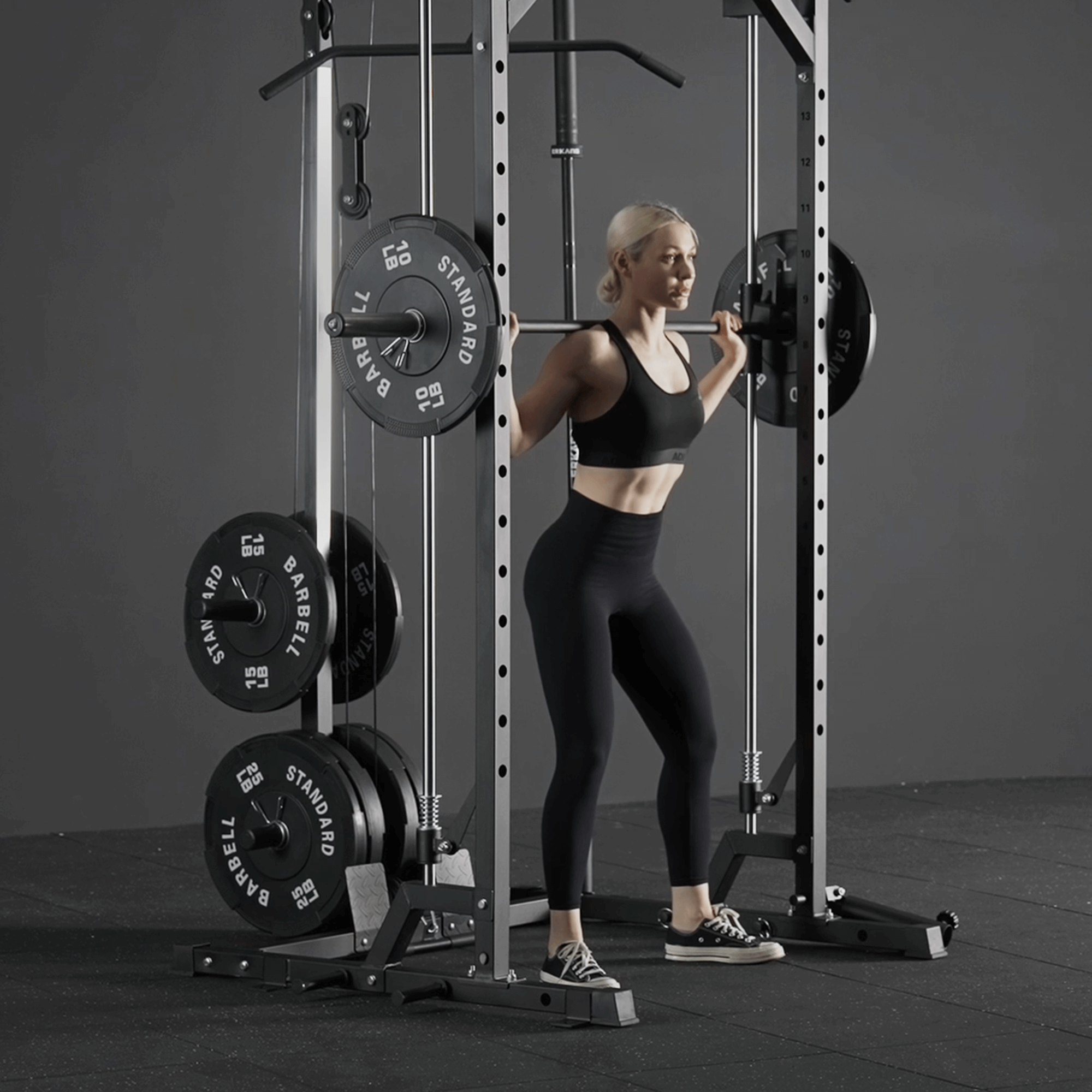





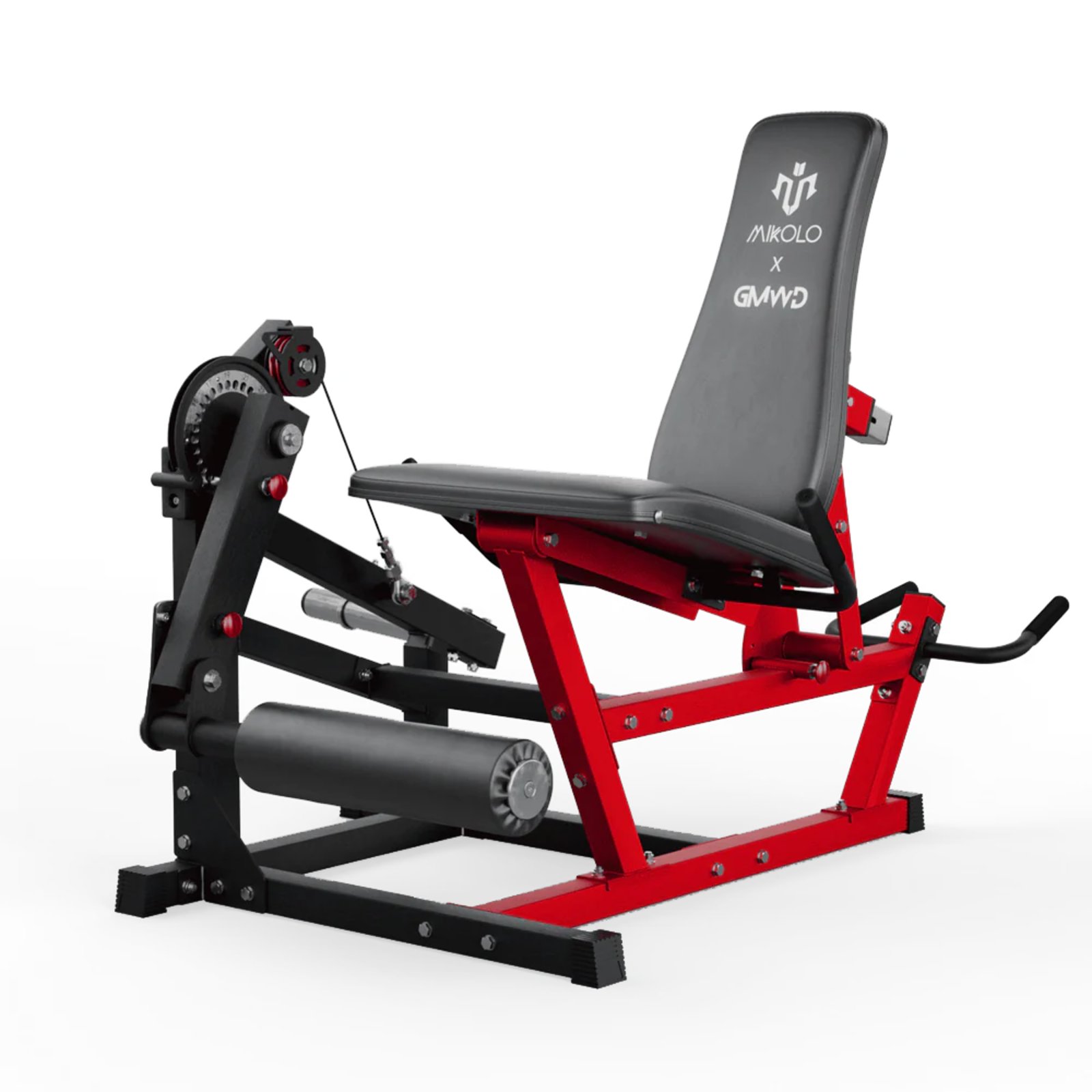
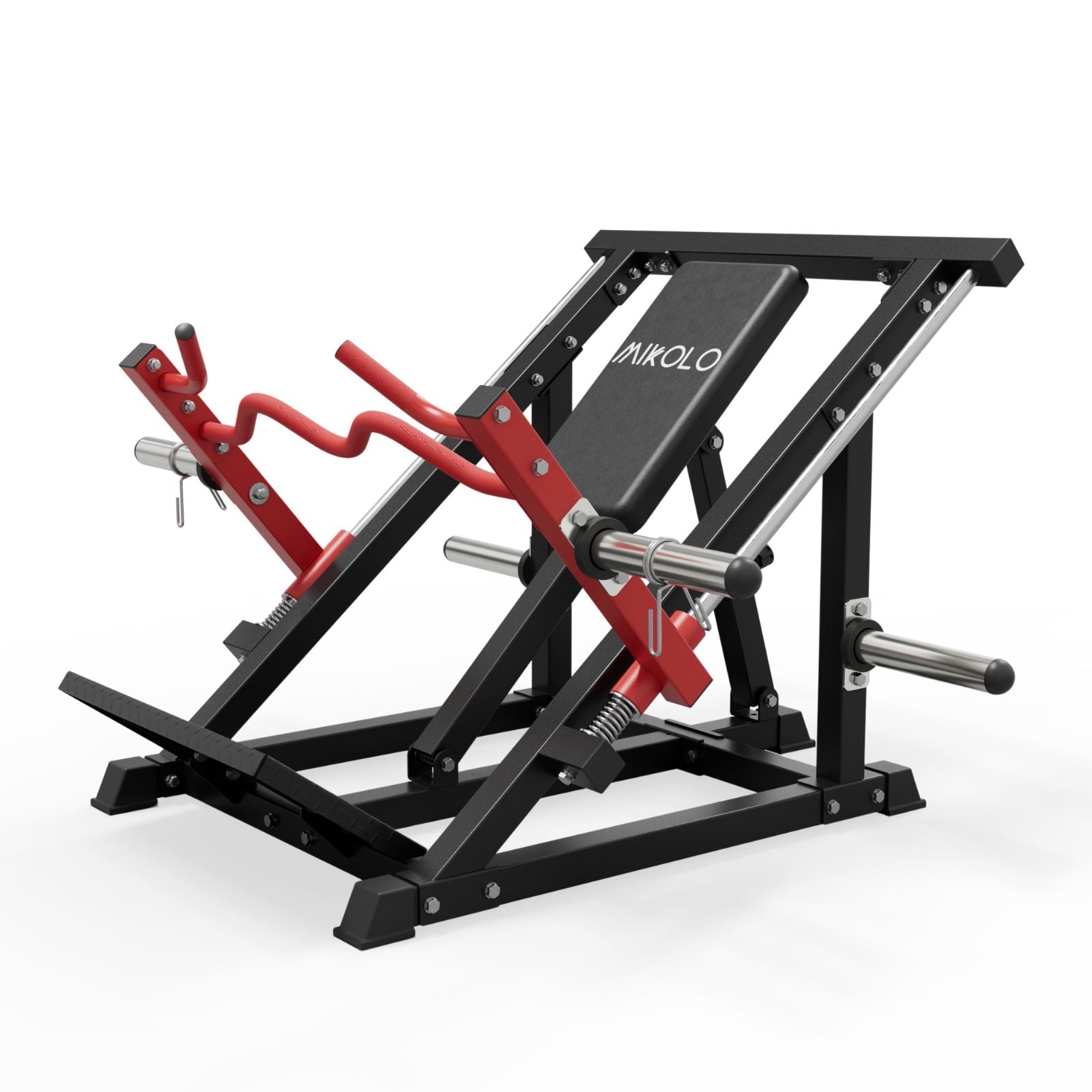
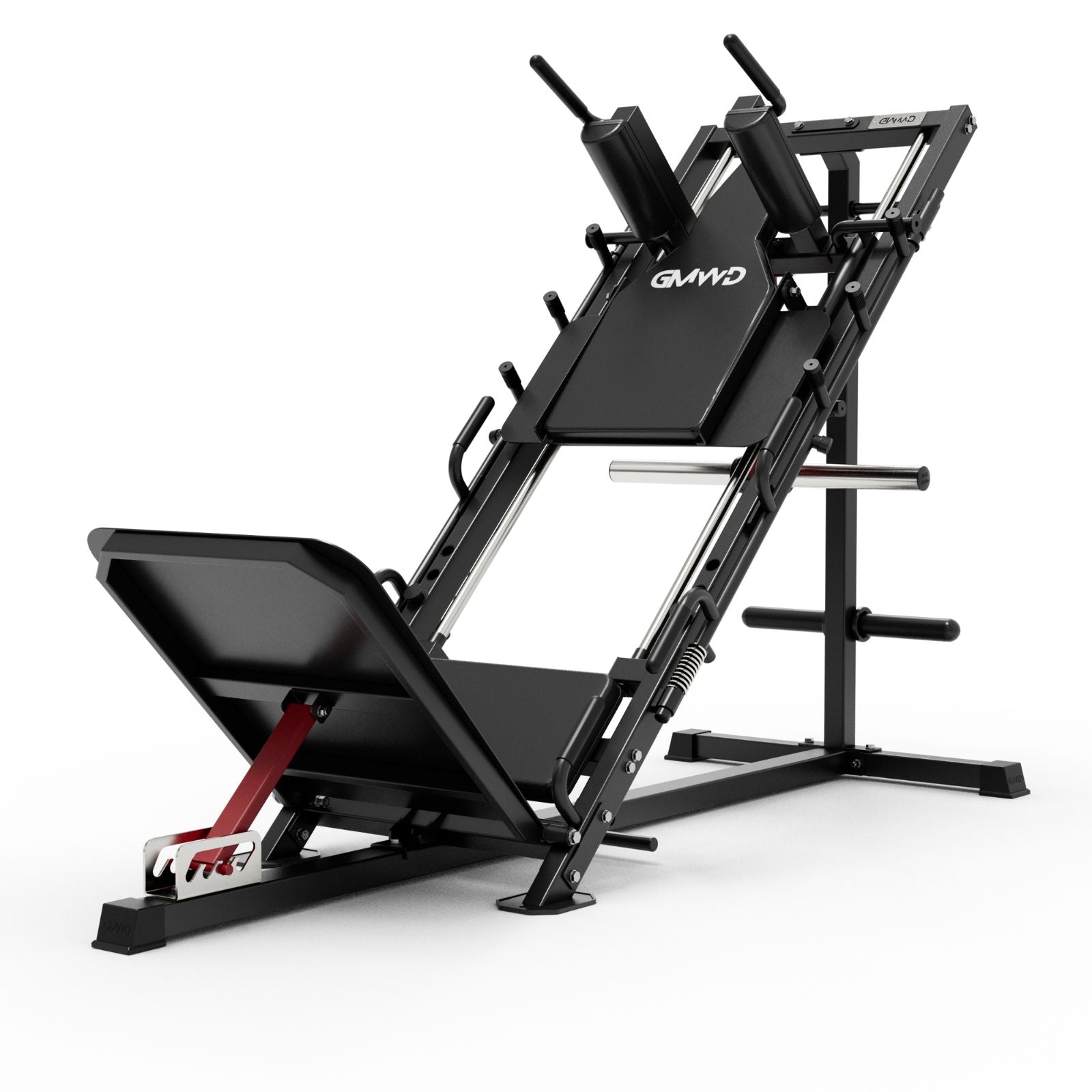
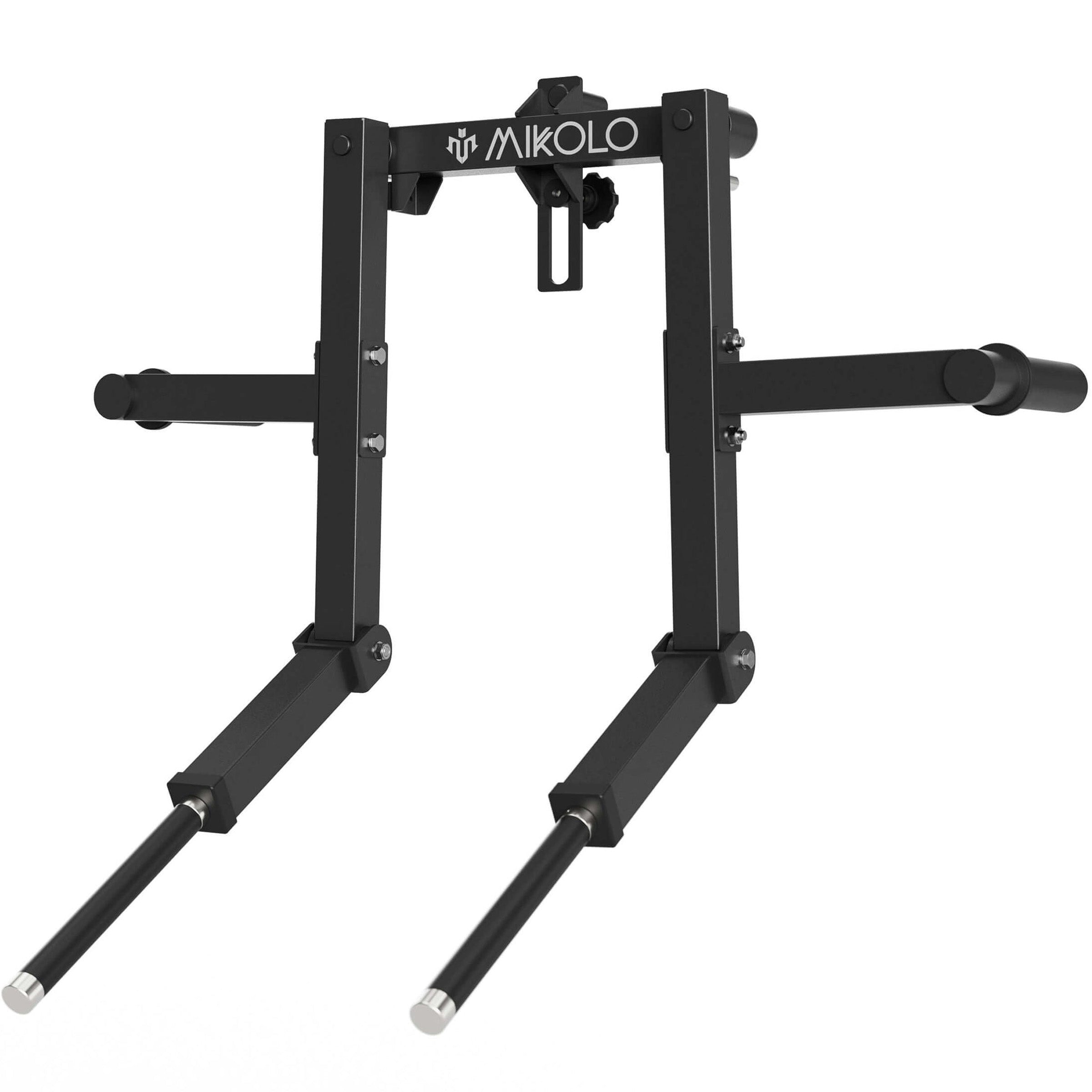
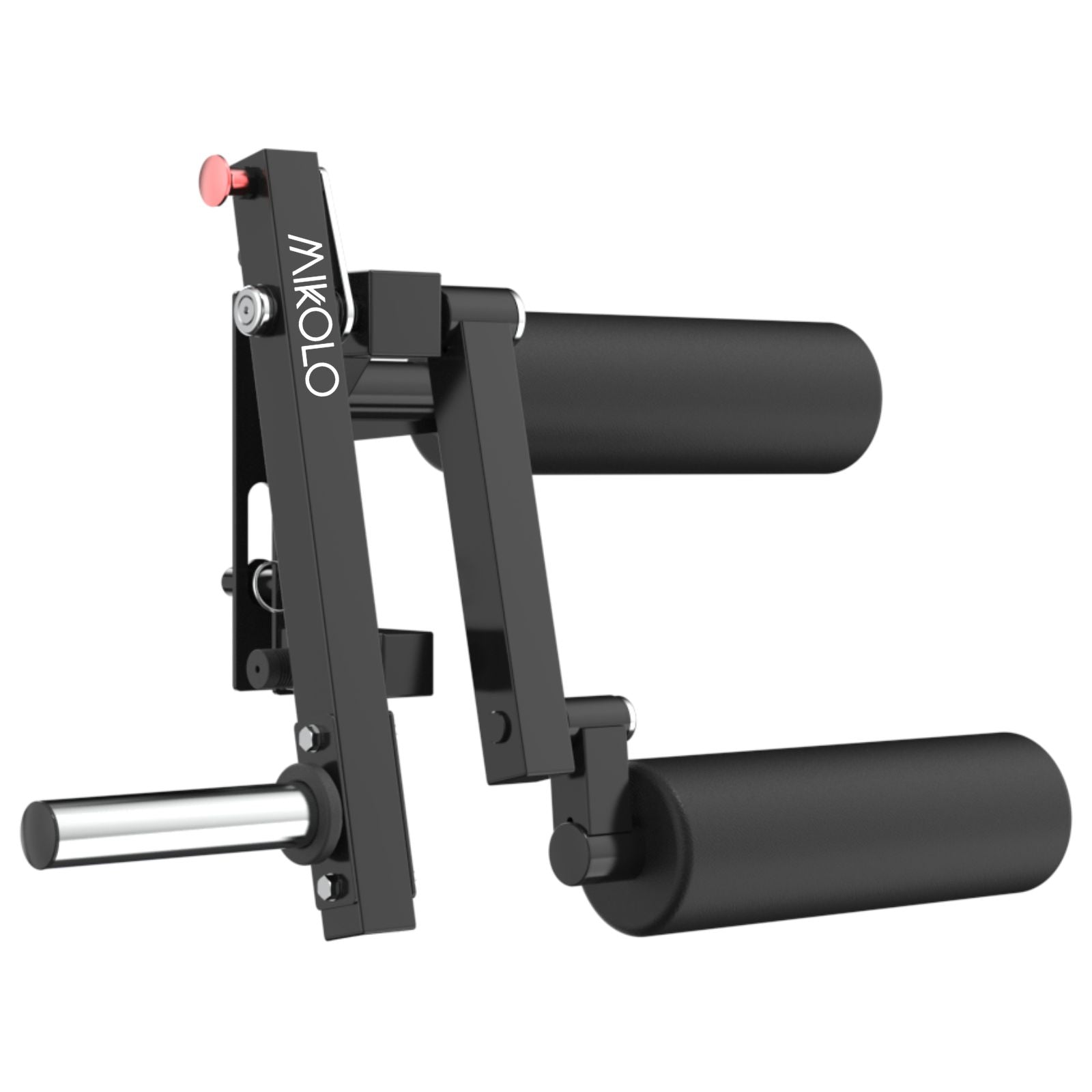



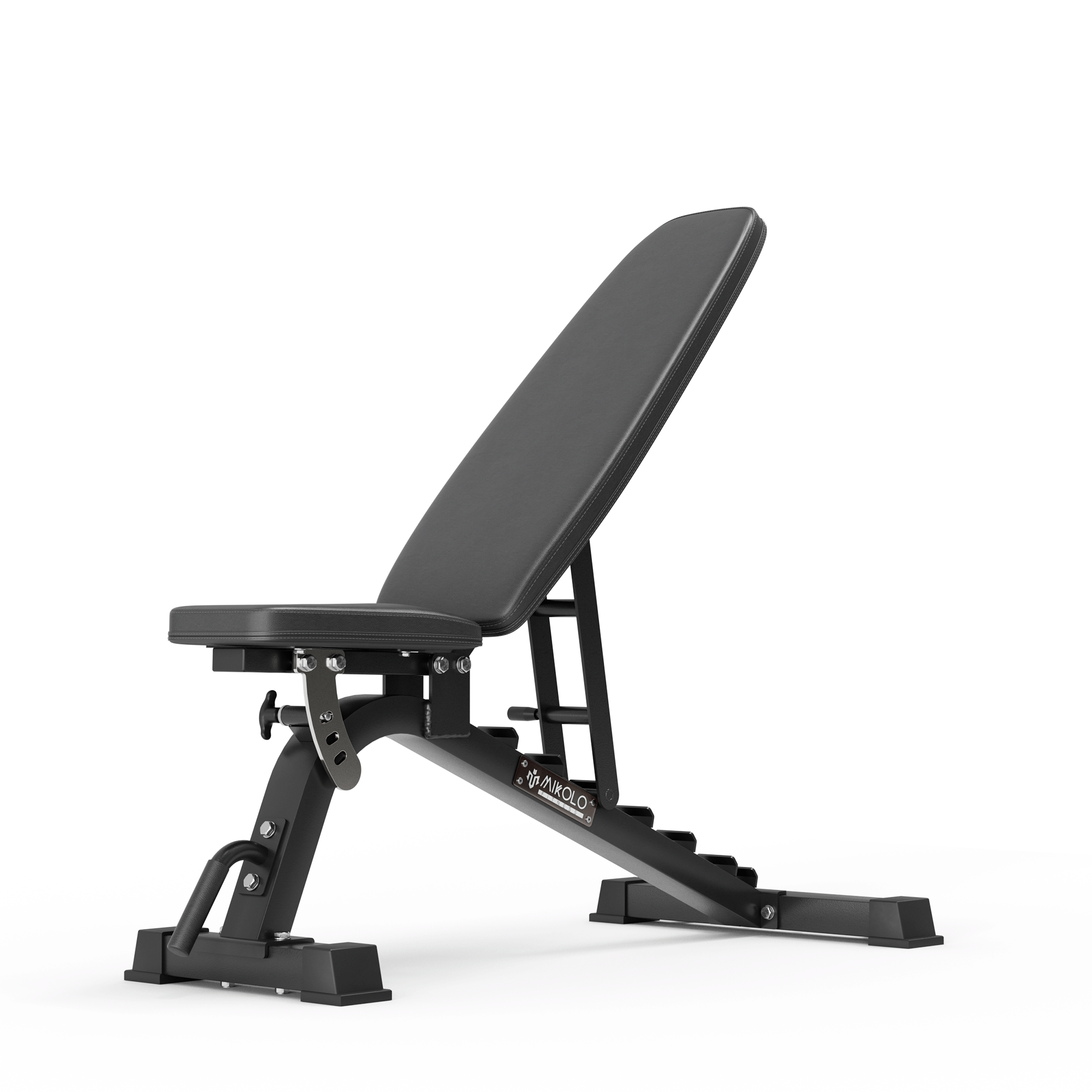


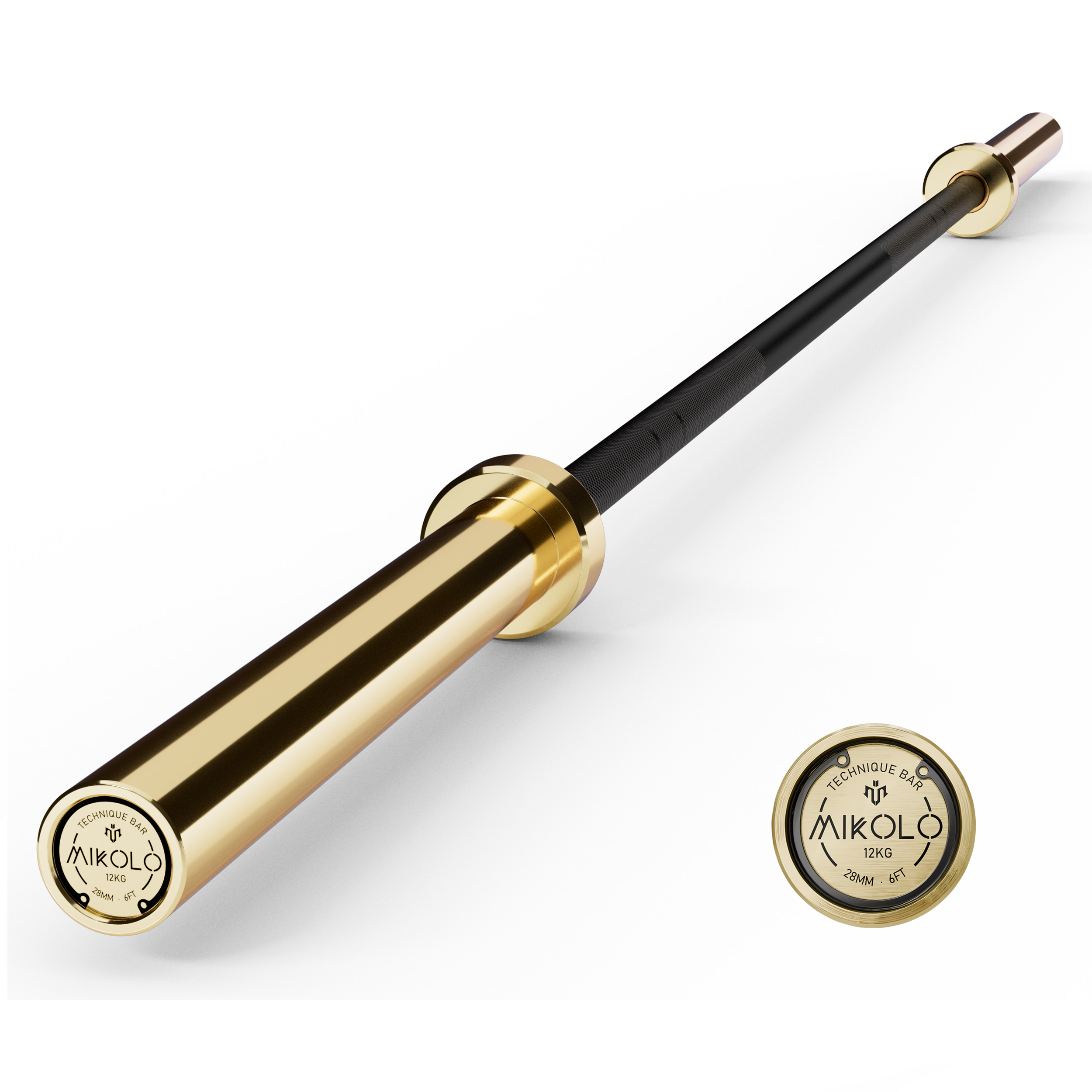








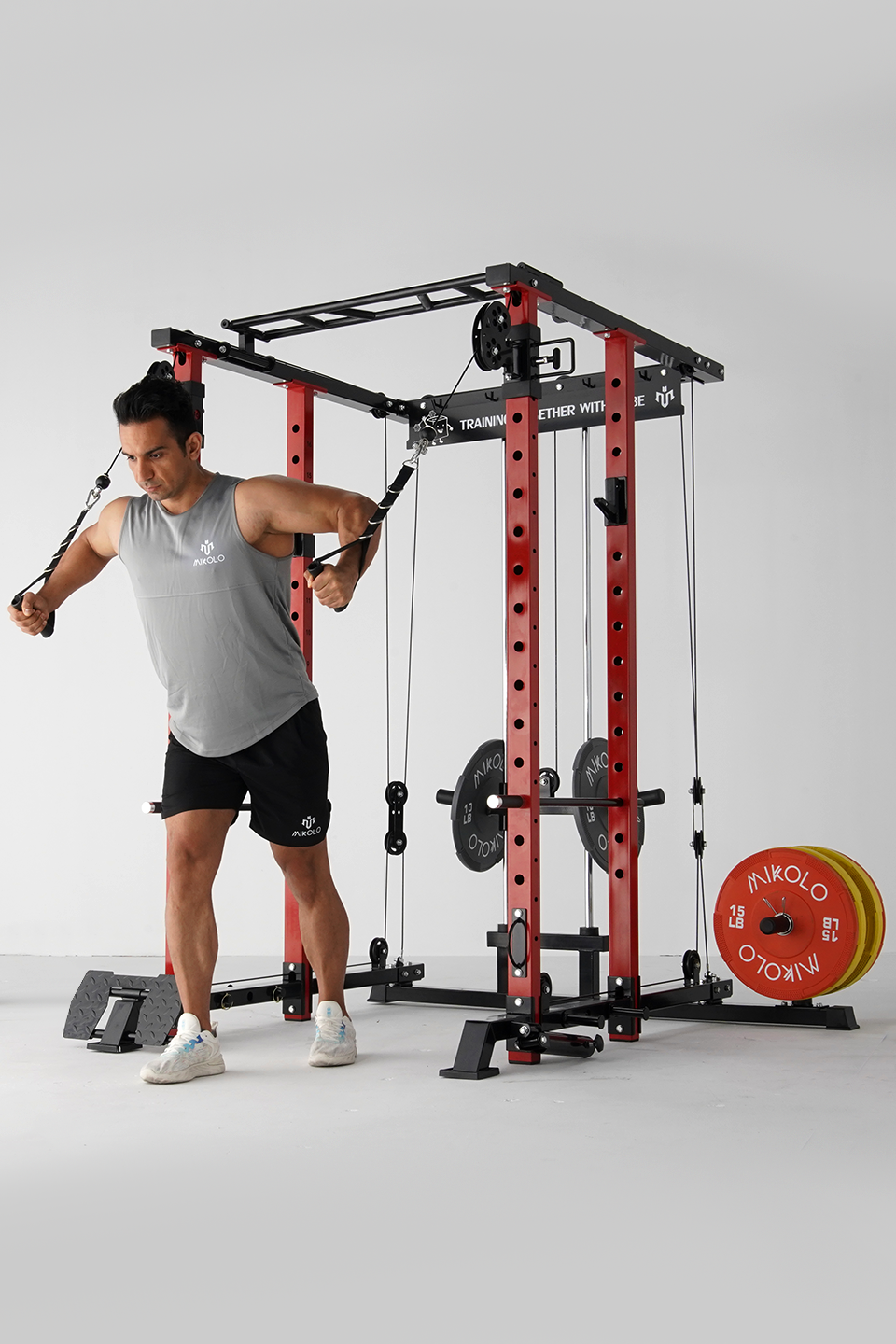



Leave a comment
This site is protected by hCaptcha and the hCaptcha Privacy Policy and Terms of Service apply.